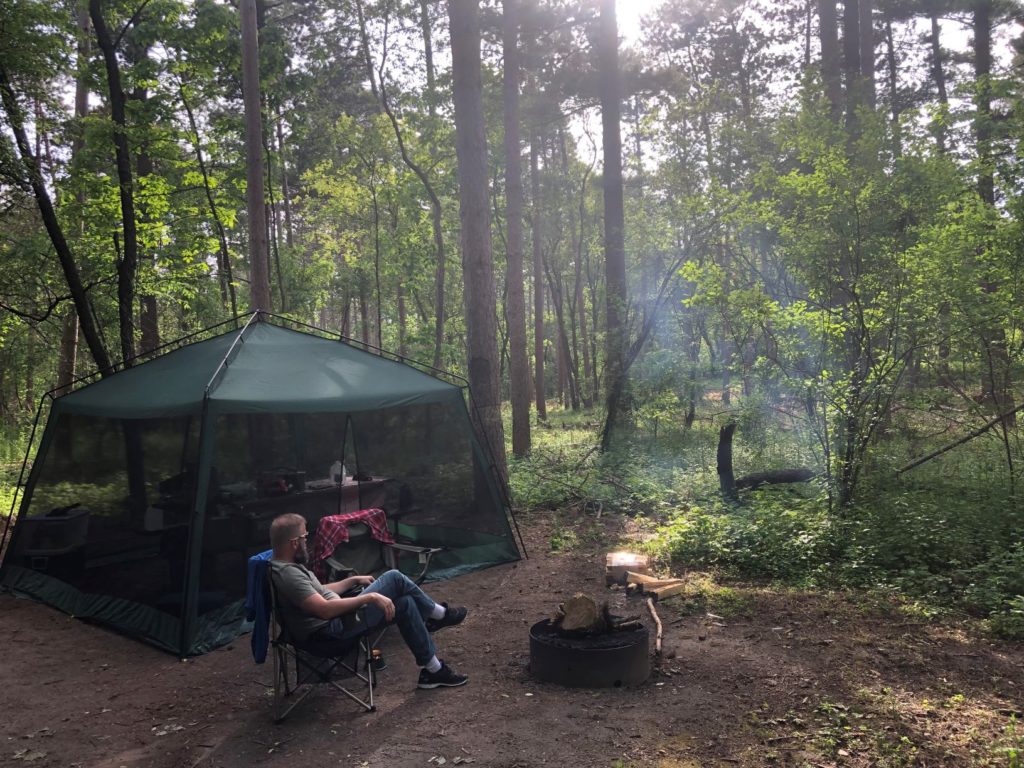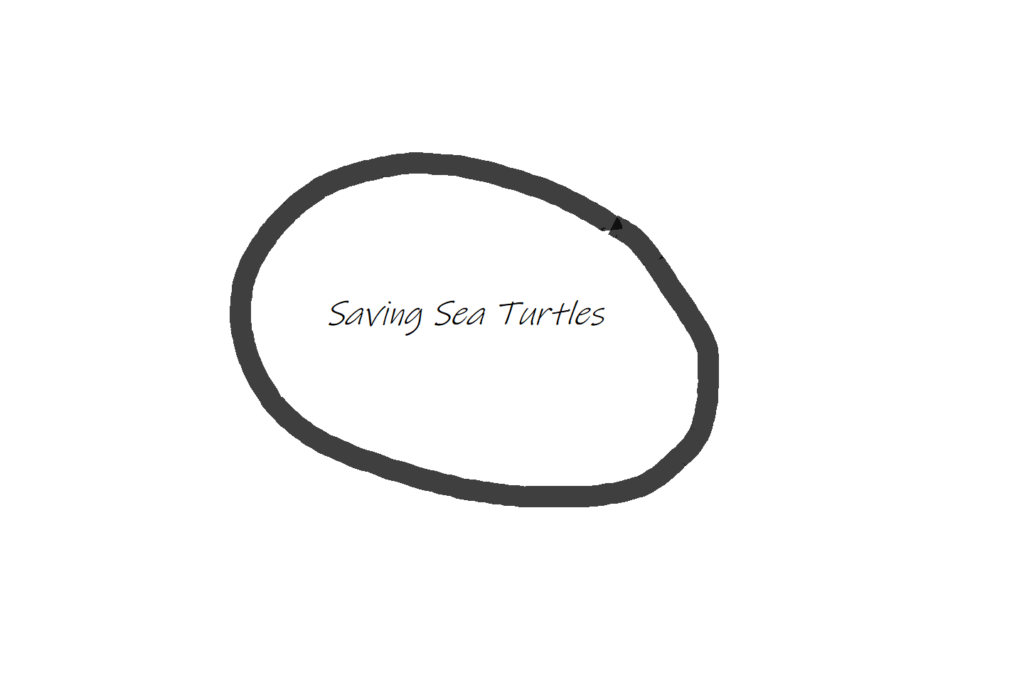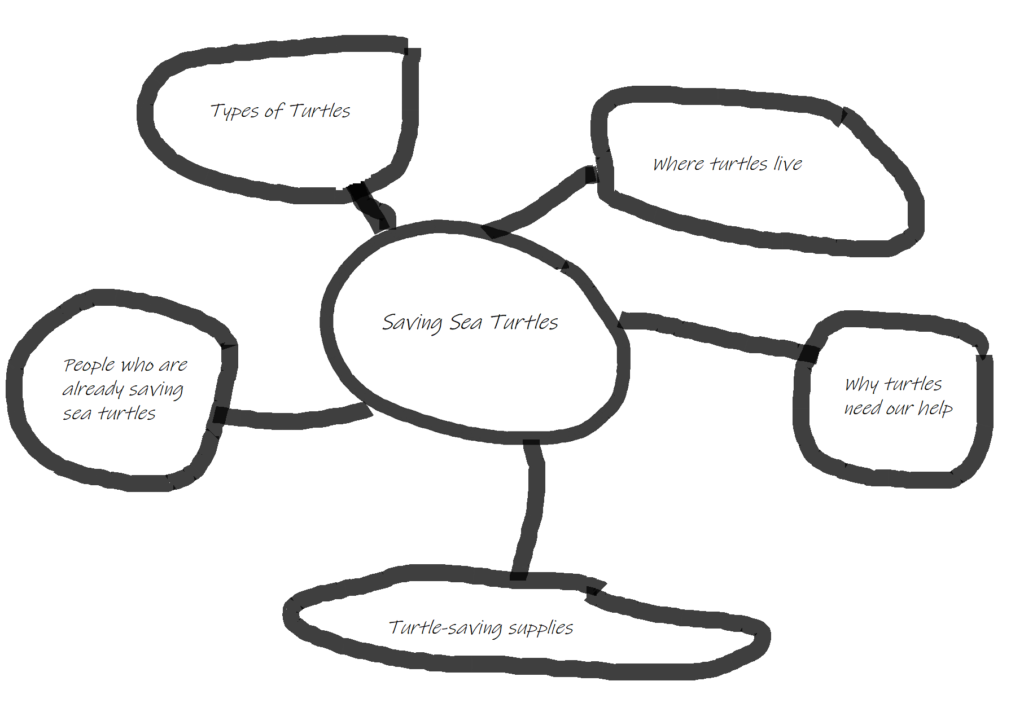Later this year my buddy Mike and I will go on our annual camping trip.
It’s one of the highlights of my year. Sitting by the fire. Hot coffee in the morning chill. Long conversations. Man, I love it.
Here’s a pic from last year’s trip to Wisconsin’s Kettle Moraine State Forest.

Nice, right? But before all the good stuff, we have to prepare. If we just showed up at a campsite without a tent or food or, God forbid, coffee, we’d be in a world of hurt!
Similarly, writers often start with an inspiring book idea. They have a vision for the kind of book they want to write just like Mike and I have a vision for the kind of camping experience we want.
But it’s one thing to have a book idea; it’s something else to have a book structure.
Your book structure is crucial. If Mike and I don’t plan, we’re not going to have a very good camping trip. If you don’t have a book structure, that grand vision for your book is never going to make its way into reality.
Key point: Book structures bring book ideas to life.
So how do you get there?
The purpose of this blog post is to share five simple ways to go from book idea to book structure.

Photo by Kaleidico on Unsplash
1. The Fill-in-the-Blank Method
Sometimes the process of structuring your book is as simple as filling in a couple blanks. Let me show you what I mean.
Let’s say you’re writing a book about saving sea turtles. I don’t know if sea turtles need saving, but go with me here.
Here’s the blank you need to fill in: The most important thing I have to say about saving sea turtles is ______________.
After you’ve filled in that blank, you fill in this one: Another important thing I have to say about saving sea turtles is _______________.
You just keep going until you run out of big significant things to say about your topic. Each sentence represents a chapter.
Simple, right?
Click here for a blog post I wrote about this method.
2. The Mind Map Method
I learned this method from Chandler Bolt, founder of the Self-Publishing School. It’s simple but powerful.
Take out a sheet of paper and write your book’s main topic in the middle. Now draw a circle around it, like this:

Now draw spokes off the center circle and add subtopics, circling them as you go, like this:

Each subtopic represents a chapter. And with this method, you can go even further and write out ideas for each subtopic by drawing another layer of spokes and circles.
3. The “Start Writing” Method
Sometimes you have to start writing a draft of the manuscript before you’ll have any idea what the structure should be.
In my experience this is especially true for memoirs.
In part 2 of his On Writing Well: Audio Collection, William Zinsser encourages memoirists to pick a memory that is both vivid and emotionally evocative. Write it out, he says.
The next day at about the same time, do the same thing with a different memory that is vivid and evocative.
Keep doing this for a few months, and eventually you’ll begin to have an idea about the theme and shape of your memoir.
4. The Brain Dump Method
Start with the categories for your brain dumping. Some possibilities include stories, quotes, people, statistics, principles or teaching points, other books, articles or new stories.
Once you’ve generated your list of categories, start brain dumping into each one.
For example, write “Stories” at the top of the page and use brief phrases to list all the stories you know that are relevant to the topic of your book.
Now do that with quotes and people and statistics and so on. This may take a while, that’s okay.
Once you’re done brain dumping, take a step back and look for patterns. What goes with what? Start grouping things across the categories that seem to go together topically. List them sequentially in a way that makes sense.
Each of these groups is a chapter.
Click here for a blog post I wrote about this method.
5. The Seminar Method
A writer I was working with had a brilliant concept, but her first outline fell flat.
I asked her to imagine giving a series of seminars or workshops on her book’s topic. “How would that go?” I asked.
“Oh, easy,” she said, “in the first session I’d talk about this. Then I’d talk about this.” And so on.
She rattled off about eight topics that formed the backbone of a book structure that was much more engaging.
The reason this method works is because it forces the author to externalize her message.
Sometimes it’s helpful to stop thinking so hard about your topic and teach it instead.
Click here for a blog post about this method.
Question: Which of these five methods would work best for you and your book? You can leave a comment by clicking here.

I use the seminar method I would say. For any paper I do or for the long-deferred book I construct an argument – a set of premises are defended, evidence is presented, conclusions are drawn. When I look for holes in the argument I have to address them.
Perfect! The seminar method is tried and true!
I write in French.
I have always used ‘ the start writing method’. The problem I am facing now is the the lack of motivation. The cause: I’ve written novels, short stories and tales but I can’t get published.
Madani, thanks so much for commenting. Have you thought of starting a blog or self-publishing to begin building your audience and improving your craft as you hear feedback from readers?
When writing nonfiction, I usually mull it over in my head for several months until a structure starts to show itself. I figure if I can’t start “seeing” how the book will look, then I won’t have the drive to finish it, anyway. There’s a couple of books I “need” to write (they’re either a hard subject for me to face more often than a few times a month, or the information i need is trickling in so slowly I’m liable to forget the beginning if I wait until the end to start writing), but can’t seem to settle on a structure–those I’m doing a hybrid of “brain dumping” and “start writing” as parts come together.
Wendy, thanks so much for commenting! Your note here is a good reminder that sometimes, in fact often, we need more than one method!